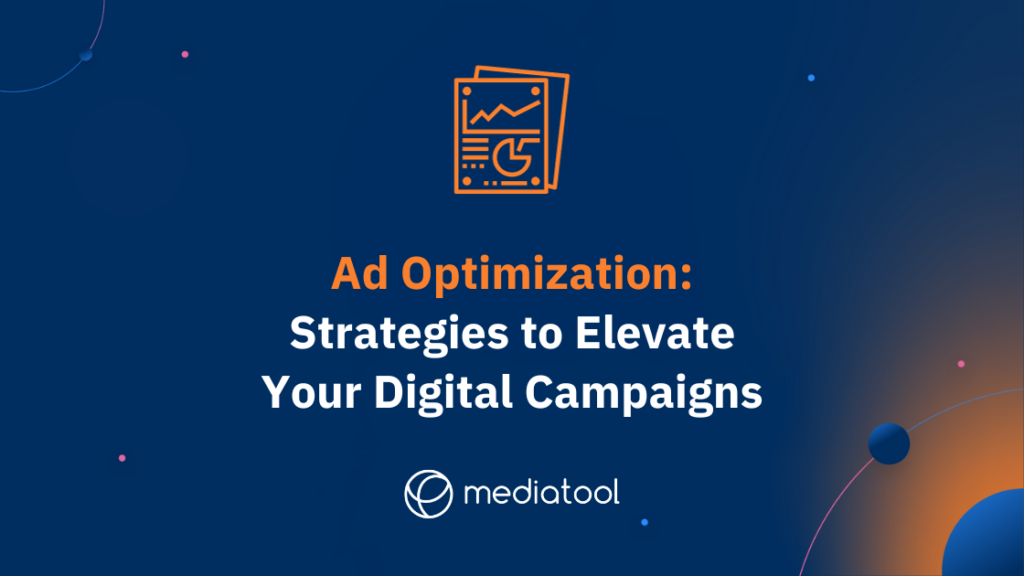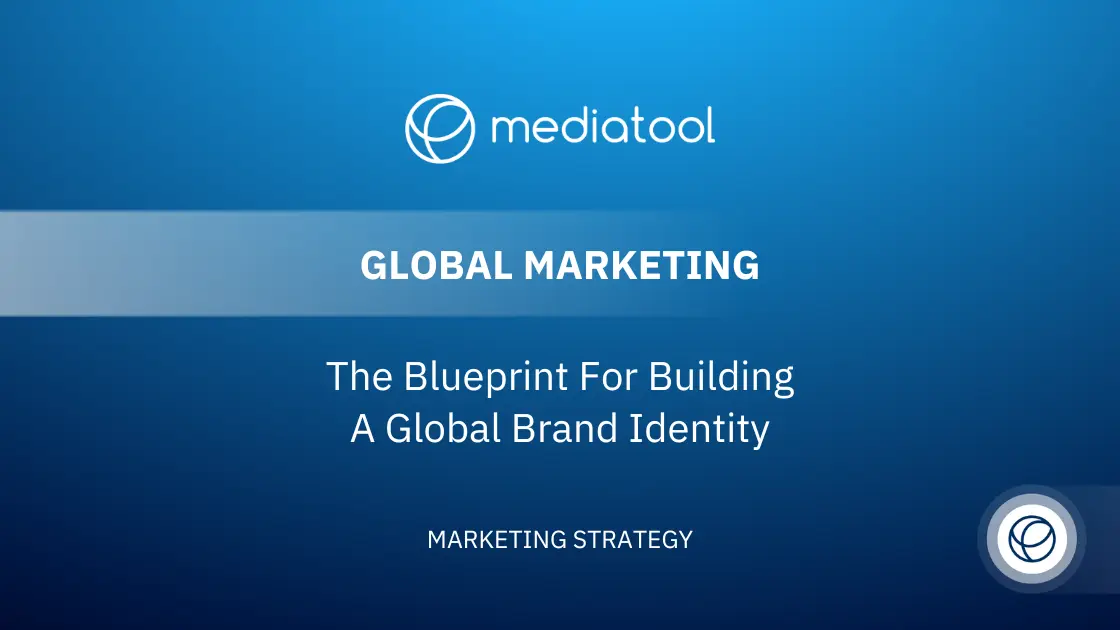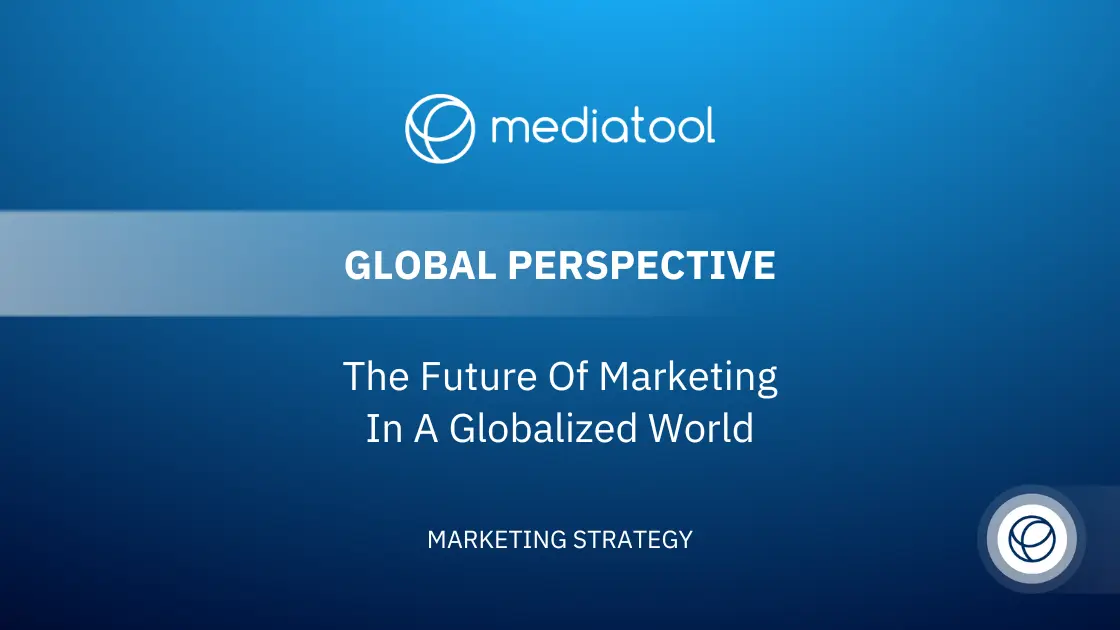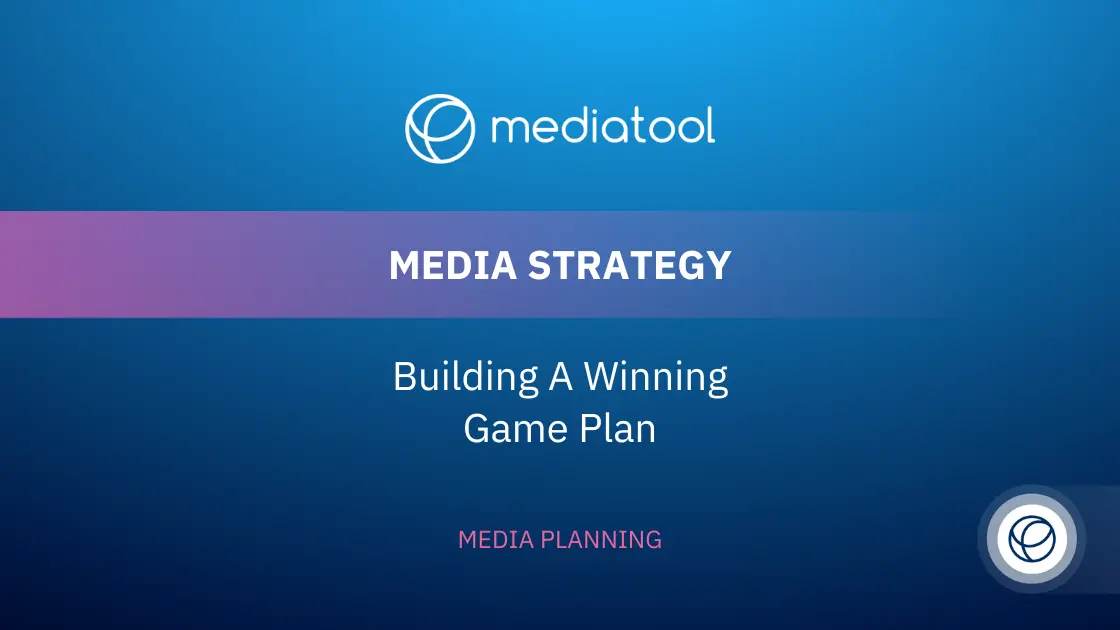Advertising can often feel like an overwhelming and complex maze that seems impossible to navigate. Businesses are constantly struggling to make their ads stand out in an oversaturated market, trying to connect with their audience and convert them into customers.
The key to unlocking this seemingly complicated puzzle? Ad optimization.
This technique enables advertisers to hone their campaigns for maximum impact and ROI, driving more engagement, conversions, and sales. But how does one go about optimizing their ads effectively? Read on as we unravel the complexities of ad optimization and equip you with actionable strategies to optimize your ads for superior results.
What is Ad Optimization?
Ad optimization is the process of refining and enhancing your ad campaigns for the best possible performance. Sounds pretty straightforward, doesn’t it? But beneath the surface, there’s a lot more going on.
The heart and soul of ad optimization lie in testing different variables within your campaign, from headline copy, images, and calls to action to targeting settings, ad placements, and bid strategies. It’s about trying different things, keeping what works, and discarding what doesn’t.
You might find that a certain headline or image resonates better with your audience, or perhaps a particular placement generates higher click-through rates.
Ad optimization isn’t just a one-time thing, like a “set it and forget it” slow cooker meal. It’s an ongoing process that continues throughout the life of your ad campaign. That’s because the digital advertising landscape is always evolving, with consumer behaviors and preferences constantly shifting. If you don’t keep up, you’ll find yourself stuck in the digital dust while your competitors zoom ahead.
At its core, it blends data analysis, creativity, and strategic thinking. It requires you to understand your audience more deeply, make data-driven decisions, and tap into your creativity to create ads that connect with your audience. When you optimize your ads effectively, you will see a significant improvement in your campaign performance.
But enough about the what, let’s move on to the why.
Why Is Ad Campaign Optimization Important?
If you’re not already on board with ad optimization, you might be wondering, “Why bother? Why is ad campaign optimization such a big deal?”
Let’s dive into why this should be a non-negotiable part of your advertising strategy.
Firstly, optimization isn’t just a “nice to have”; it’s the backbone of a successful campaign. With the sea of ads that flood our screens every day, standing out in the crowd is difficult.
Here’s where ad optimization comes in. By continuously improving your ads, you make them more compelling, relevant, and likely to grab your target audiences attention.
Secondly, we’re all about making the most of what we have, right? Who wants to spend time and money on ads that just aren’t working?
Ad optimization helps you minimize waste and maximize results.
By tweaking your marketing campaigns based on performance data, you can ensure your ads reach the right people at the right time with the right message. Say goodbye to wasted ad spend and hello to improved efficiency!
Thirdly, the digital advertising landscape constantly changes, and the traditional ‘one size fits all’ approach is no longer effective. Today’s consumers demand personalized experiences, including the ads they encounter. Ad optimization allows you to adapt your ads to fit different audience segments, which enhances relevance and engagement. Personalized call-to-actions perform 202% better than basic CTAs.
Now, let’s consider ROI because that’s the primary concern. Ad optimization can markedly increase your return on investment. When you refine your campaigns, your CTR increase, your conversion rates improve, and your total sales rise. So, it’s a method of maximizing your ad campaign’s profit potential!
Lastly, ad optimization lets you collect important information about your audience. It provides data about their likes and dislikes and their active times. You can find these answers and more from the data you collect during optimization. Thus, it serves as a tool for understanding your audience’s preferences, enabling you to make data-driven decisions that lead to results.
So, there you have it! The power of optimization is not to be underestimated.
How Does Ad Campaign Optimization Work?
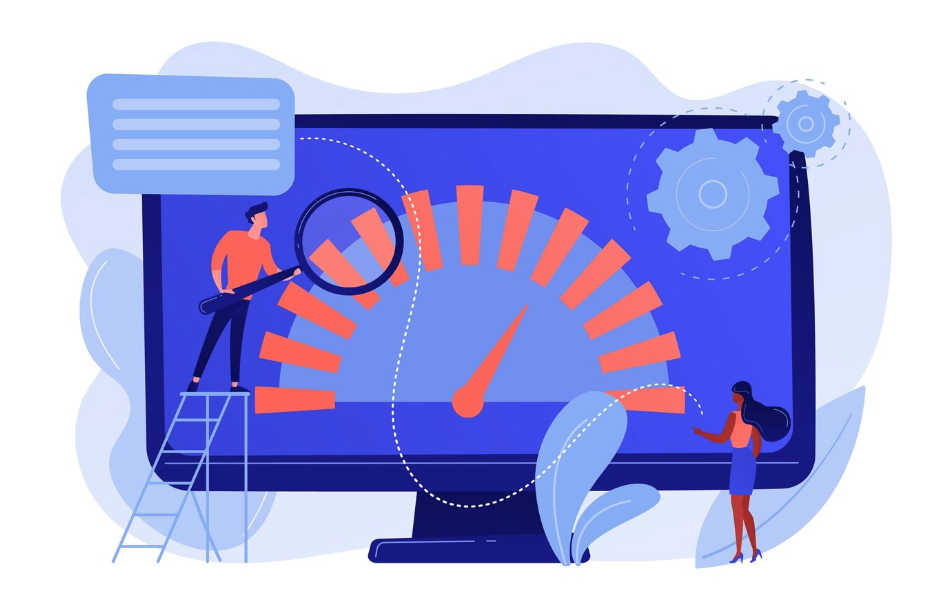
Ready to pull back the curtain on how ad campaign optimization works?
Ad campaign optimization is about refining your campaigns to get the most bang for your buck. But how does this process work?
The first step in the process is testing.
This is where you play around with different aspects of your ad campaign, from the visuals and headlines to the targeting parameters and ad placements. You’re aiming to see what combinations create the highest engagement and conversion rates.
Next comes data analysis. You’ll monitor your ad campaign’s performance metrics and analyze the data to understand what’s working and what’s not. By understanding what resonates with your audience, you can make informed decisions about what adjustments to make.
Then, you make the tweaks. Based on your findings, you refine the elements of your campaign that aren’t performing as well as you’d like. Maybe the headline isn’t catchy enough, or the call to action is too weak. Whatever the case may be, you adjust and improve. It’s like tweaking your recipe until it’s just right.
But remember, it’s not a “do it once and forget it” kind of deal. It’s a continuous, ongoing process that lasts throughout the life of your campaign. Consumer behaviors and preferences change, digital advertising platforms evolve, and your business goals might shift. You must continually optimize and adjust your campaigns to stay ahead of the curve.
A blend of testing, analyzing, and refining that helps your ads achieve peak performance. It may seem a bit daunting at first, like learning a new recipe, but once you get the hang of it, you’ll see the enormous benefits it can bring.
What are the Benefits of Ad Optimization For Ad Campaigns?
If you’ve ever wondered whether ad optimization is worth the effort, prepare to have your doubts dispelled.
Boosted Engagement
Imagine this scenario: your ad appears on someone’s screen.
Instead of just scrolling by, they pause, read it, click on it, and engage. Sounds ideal, right? Ad optimization enables this by helping you design more relevant, compelling, and engaging ads.
This is especially true when it comes to video content. According to recent studies, viewers retain 95% of a message when they watch it in a video compared to 10% when reading it in text. This underlines the power of video ads in capturing the audience’s attention and ensuring your message sticks.
Improved Relevance
An irrelevant ad can be a major turn-off. Consider that 39% of people believe ads aren’t relevant to them. This highlights the pressing need to make ads more pertinent to viewers. By optimizing your campaigns, you align your ads with your audience, which boosts relevance and lowers the likelihood of your ad being overlooked or ignored.
Increased Efficiency
Do you want to get the most out of every advertising dollar? Of course, you do!
Ad optimization can help you do just that by minimizing waste and maximizing efficiency. But it’s not just about the ad itself. Once a potential customer clicks on your ad, the experience should be seamless.
Did you know that nearly half of all users will leave a website if it takes longer than 3 seconds to load?
Ensuring that landing pages linked in your ads have optimized load times reduces the chance of users bouncing away before they even engage with your content. By refining your campaigns based on performance data, you can ensure your ad spend is targeted towards strategies that work, and that those strategies are met with efficient, user-friendly landing pages.
Better ROI
Let’s talk bottom line: ad optimization can significantly improve your return on investment. Enhancing your campaign’s performance can boost your click-through rates, increase conversions, and increase overall sales.
Valuable Insights
Last but certainly not least, ad optimization provides you with valuable insights about your audience and their preferences. What appeals to them? What turns them off? When are they most active? These nuggets of information guide you toward more effective advertising strategies.
There you have it! Five compelling benefits that establish ad optimization as an essential component of your advertising strategy. By leveraging ad optimization, you unlock latent potential in your ad campaigns, setting the stage for significant success.
5 Ad Campaign Optimization Hacks

Here are five tried-and-true ad campaign optimization hacks that can help you transform your ads from good to great.
Leverage Conversational Banners
Every percentage increase in engagement counts in an era of data-driven decisions. One tactic gaining traction is the use of conversational banners. According to statistics, conversational banners yield an average of 4.6% CTR. This results in a staggering 1214.29% increase in engagement with your ads. Consider integrating conversational elements into your ads to instantly foster direct interaction with your audience and capture their attention.
A/B Test Like a Pro
Remember our discussion about the importance of testing in ad optimization? Here’s where A/B testing comes in as a key player. With A/B testing, you change one element at a time, such as the headline, image, or call to action, and observe its impact on your campaign’s performance. This method helps you learn what works and what doesn’t for your audience.
So keep this in mind: data is your friend, and testing is your ally.
Tap into the Power of Segmentation
A one-size-fits-all approach doesn’t typically yield the best results, right? That’s because each individual has different tastes, needs, and preferences. By segmenting your audience based on demographics, behaviors, and interests, you can create personalized and relevant ads for each specific group.
Embrace Dynamic Ads
Dynamic ads offer a unique feature in the advertising world: they can automatically adapt their content based on who’s viewing them. This function delivers a highly personalized ad experience that aligns with each viewer’s preferences.
Master Your Timing
Timing is crucial in advertising. By determining when your audience is most active and engaged, you can schedule your ads to run during those peak times.
Remember, it’s a journey, not a destination. So keep testing, refining, and improving, and watch as your ads reach new heights of success.
Conclusion
In today’s digital marketing era, navigating the vast landscape of advertising campaigns can be daunting. Platforms like Google have made advertising accessible, but with that comes the challenge of standing out. That’s where the magic of optimization comes in, turning your ad campaigns from basic to brilliant.
For many advertisers, especially those that use Google Ads – optimization is a non-negotiable. By refining campaign settings and targeting options, businesses can ensure they’re reaching their target audience effectively. But it’s not just about ensuring a high click-through rate.
Effective optimization strategies encompass everything from the ad copy to the landing page, ensuring users receive a seamless experience from start to finish. This precise targeting can significantly increase click-through rates, leading to better conversions.
Campaign goals vary, but one common thread is the desire for success. Whether you’re using paid search on or aiming for brand visibility, ensuring the right people interested in your product or service see your ads is crucial.
Ad sets that aren’t optimized can eat into your ad budget quickly, wasting time and money. Conversely, when you begin optimizing campaigns based on performance data, not only do you save money, but you’re also saving time in the long run.
Paid search, for example, benefits immensely from optimization. Incorporating negative keywords ensures that your ads aren’t shown in irrelevant searches, thus optimizing the cost per user clicks. Mobile devices, which have become primary search engines for many, necessitate a different approach than traditional desktop advertising.
Here, optimizing for mobile ensures a better quality score on platforms like Google, leading to potentially higher bids for ad placements.
When creating content for websites or any advertising platform, it’s essential to remember that the same ad won’t resonate with everyone. Digital marketing’s beauty lies in its ability to segment and create personalized content, ensuring each campaign run is tailored to the audience it intends to target. People expect relevancy – a vegetarian isn’t interested in a steakhouse ad, just as a techie might skip past an ad for basic gardening tools.
Don’t waste time by making broad assumptions under certain circumstances.
Instead, focus on specific targeting, test variations, and optimize based on tangible data. Analyze the campaign performance to pinpoint what works. Is it the ad copy? The call to action? Or perhaps the targeting settings? Iterative refining can transform an average campaign into a stellar one, leading to higher conversions and a better ROI.
In conclusion, optimizing advertising campaigns is not just about saving money or getting higher bids. It’s about understanding your target audience, offering them a relevant and seamless experience, and continuously refining your approach for maximum success.
Whether you’re a brand looking to increase its digital footprint or an advertiser aiming to maximize ROI, remember: the key lies in optimization. Start optimizing today, and watch as your campaigns achieve unprecedented success in this digital age.
